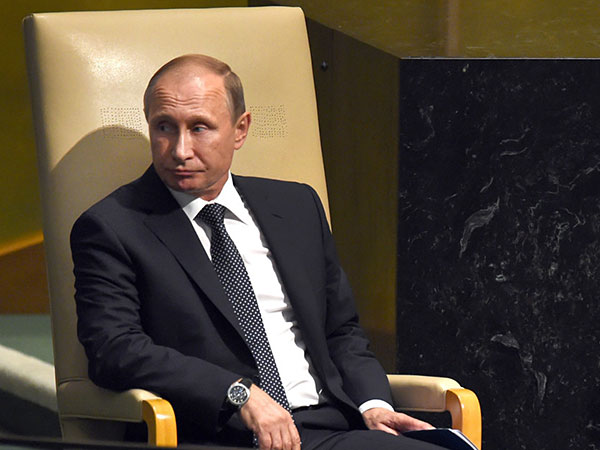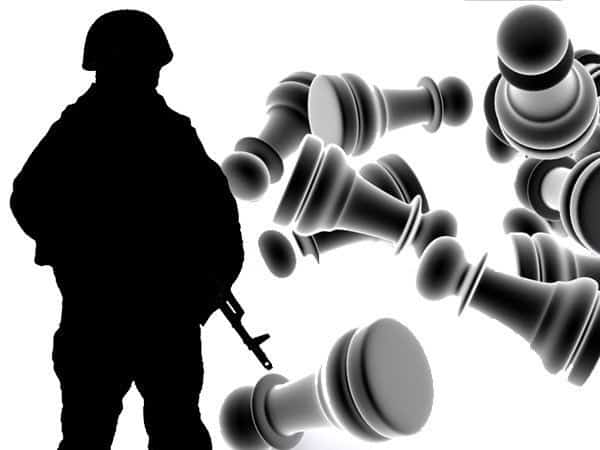PHOTO: Politico
POLITICO published the article about how NATO allies are working hard to deter Russian aggression against the Baltics.
‘We are busy as hell’-@USArmyEurope DCOS working on scenarios considered obsolete in #Europe https://t.co/blqFrBnkQP pic.twitter.com/7yJGI3bPNc
— estNATO (@estNATO) November 1, 2015
The NATO exercise, named Trident Juncture, is the largest in more than a decade; it began in mid-October and wraps up late next week. It involves 36,000 troops responding to the invasion of a fictitious region called Ceresia by a hostile neighbor employing so-called hybrid guerrilla warfare tactics like those Putin has adopted in Ukraine. Operating in Spain, Portugal, Italy and surrounding Atlantic waters, the counter-force includes submarines, fighter jets and U.S. Marines storming beaches with landing craft.
The training is partly designed to increase military readiness—a sign of concern that Putin might launch another rapid military operation like his March 2014 seizure of Crimea, which caught the U.S. and Europe flat-footed.
Russia’s growing shadow has generals and staff at the U.S. Army headquarters here working longer hours than they have in years, planning in detail for combat scenarios considered obsolete since the fall of the U.S.S.R. “We are busy as hell,” said Col. Bill Williams, deputy chief of staff at the Army headquarters.
Russia was joining U.S.-led military exercises in Europe as recently as two years ago. But Putin’s startling annexation of Crimea and subsequent assault on eastern Ukraine ended that practice. Increasingly, NATO’s exercises are designed with a Russian enemy in mind.
Other nations, including France and Germany, fret that the kind of Western muscle flexing showcased here could undermine their efforts to maintain a fragile cease-fire in eastern Ukraine. This summer, Russia’s foreign ministry warned that one NATO exercise in Ukraine was “a mistake” that could have “explosive consequences.”
U.S. military officials worry about two scenarios in particular. One is a replay of Russia’s hybrid warfare in Ukraine. The fear is that Putin might spark an insurgency among the ethnic Russian population of the Baltics, but with deniable tactics — like propaganda, cyberwar and covert operatives — that might not obviously trigger the NATO treaty’s collective self-defense provision.






